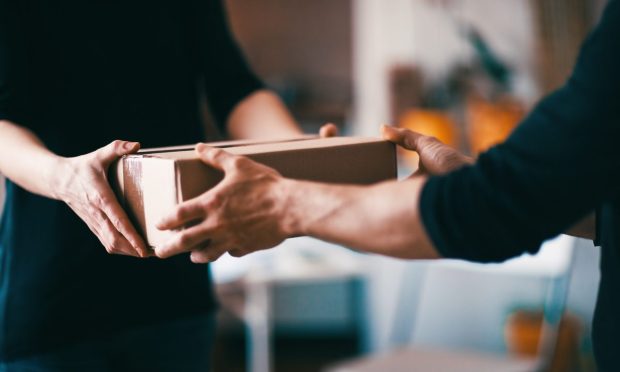Amazon, Domino’s Lead Industry Rethink of Final Mile Free Delivery

As much as the “one-click, order and ship” drill has become the norm and biggest catalyst for eCommerce, with packages magically arriving at your home — in some cases only minutes after ordering them — it is also one of the industry’s biggest challenges.
On top of rising online transactions and digital commerce’s growing share of overall sales, a tight labor market with higher wages are all combining to push the current delivery system as we know it to the brink.
“Home delivery is unsustainable and is reaching a tipping point,” InPost UK CEO Jason Tavaria, told the FT Tuesday (Feb. 1) concerning the unprecedented stress, strain and mounting costs that delivery teams in the bring-it-to-me economy are facing all over the world.
Amazon, for example, has reportedly doubled the number of locker locations it’s using in that country over the past year and now has more than 5,000 sites in use where British consumers come and get their packages rather than waiting for them to arrive at their homes.
It’s a problem that’s forcing companies that sell goods, as well as those that handle only delivering them, to rethink the true cost of going the final mile and the economics of bringing parcels and food directly to customers’ doorsteps.
More often than not, free delivery is a luxury service that is increasingly difficult to justify.
“Lockers help take the pressure off delivery staff and it’s the way forward,” Tavaria said.
Hey Partner!
As much as consumers know that “free delivery” is not actually free or even practical, attempts to push alternatives — which are rising — face rigid resistance and a greatly increased chance of losing sales to a rival that will ship for “free,” in many cases, both ways.
As a result, innovation is on the rise, and often involves companies outsourcing their delivery to consumers. For example, Domino’s Pizza announced Monday (Jan. 31) that it would “tip customers $3” if they come in and pick up their orders rather than having them delivered.
Other solutions are also gaining traction, such as startup Via.Delivery, which uses cheap commercial freight rates and centralized claim center pickup locations, rather than doorstep drop-off, to keep costs down and alleviate some of the financial burden caused by merchant’s free shipping promises.
“The fact that commercial delivery — which is what we are trying to develop in the U.S. — is generally 20 to 30% less expensive than traditional residential enables D2C brands to absorb these shipping costs in order to still provide a free shipping option,” Via Co-founder and CEO Mitchell Nikitin told PYMNTS last month.
Other time- and labor-saving solutions involve the use of drones and robots, as well as the increasing use of terms and conditions that limit the quantity of items that can be returned for free. Minimum order sizes, whether for groceries, food or merchandise, are also becoming more common with higher dollar limits.
And shippers themselves, including FedEx and UPS, are also changing how they do business, with the former announcing a cloud-technology partnership with Microsoft last month to use data to drive efficiencies, and the latter reporting stronger than expected sales and profit growth Tuesday (Feb. 1) despite labor and supply chain headwinds.
“Productivity improvements helped partially offset expense increases,” UPS CFO Brian Newman told investors and analysts on the company’s Q4 earnings call, adding that the company’s army of over 550,000 brown-suited workers enabled it to “leverage our weekend operations, package flow technology, and automated facilities to meet stronger than expected demand early in the quarter.”
In total, UPS profits were up 91% year on year, earning the Atlanta-based giant over $3.9 billion for the final three months of last year — much of which went to consumers in the form of “free delivery.”
